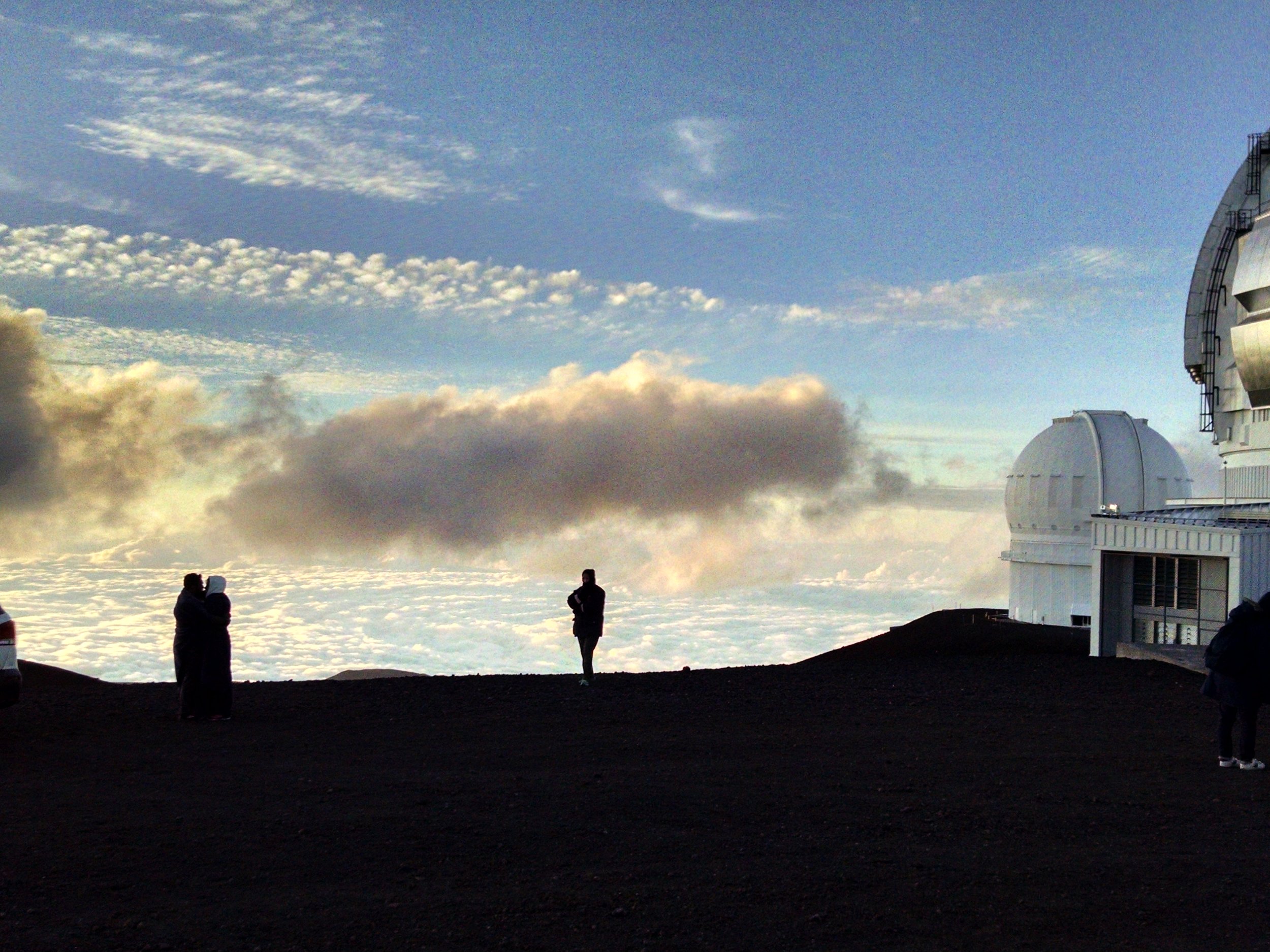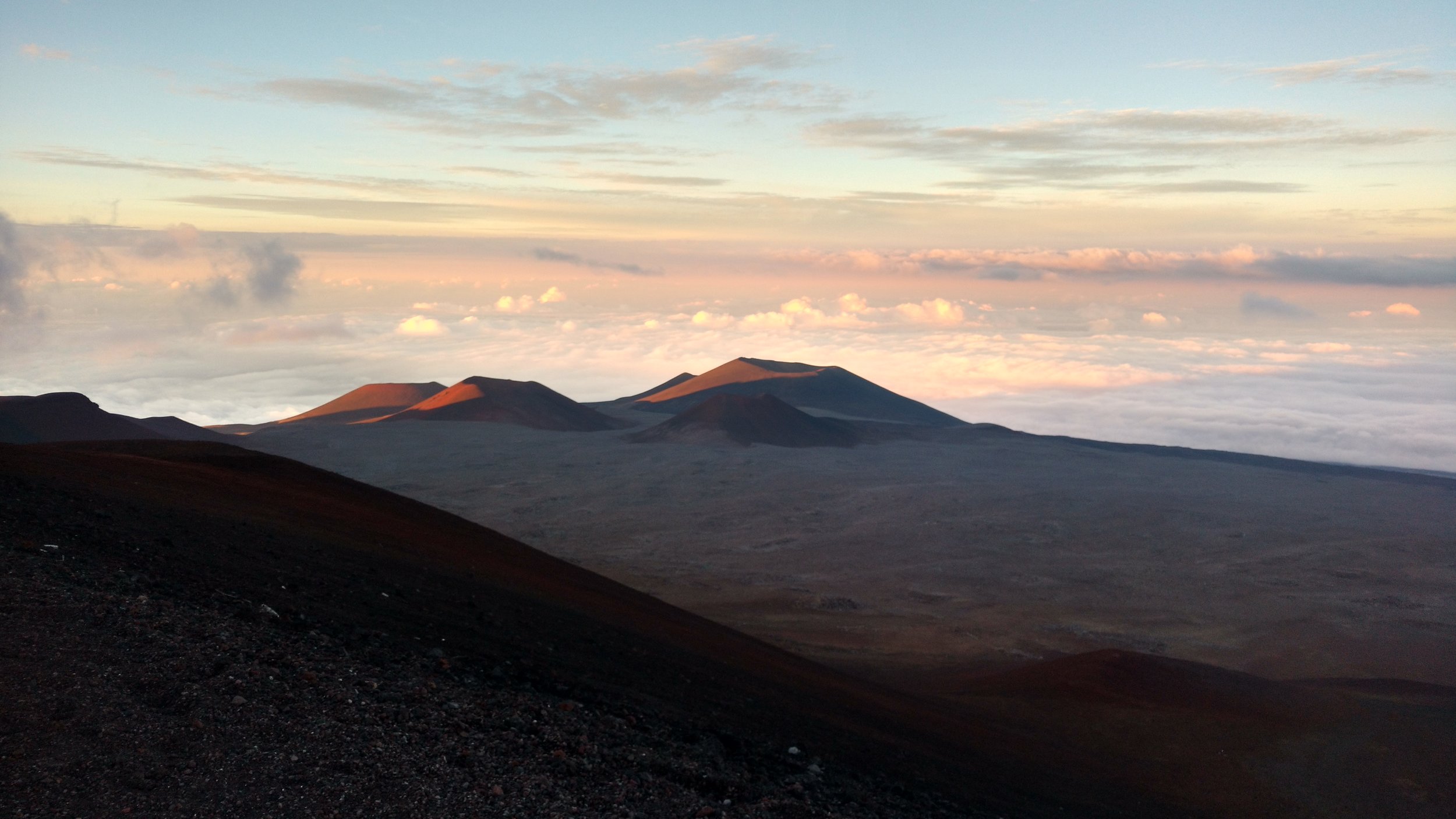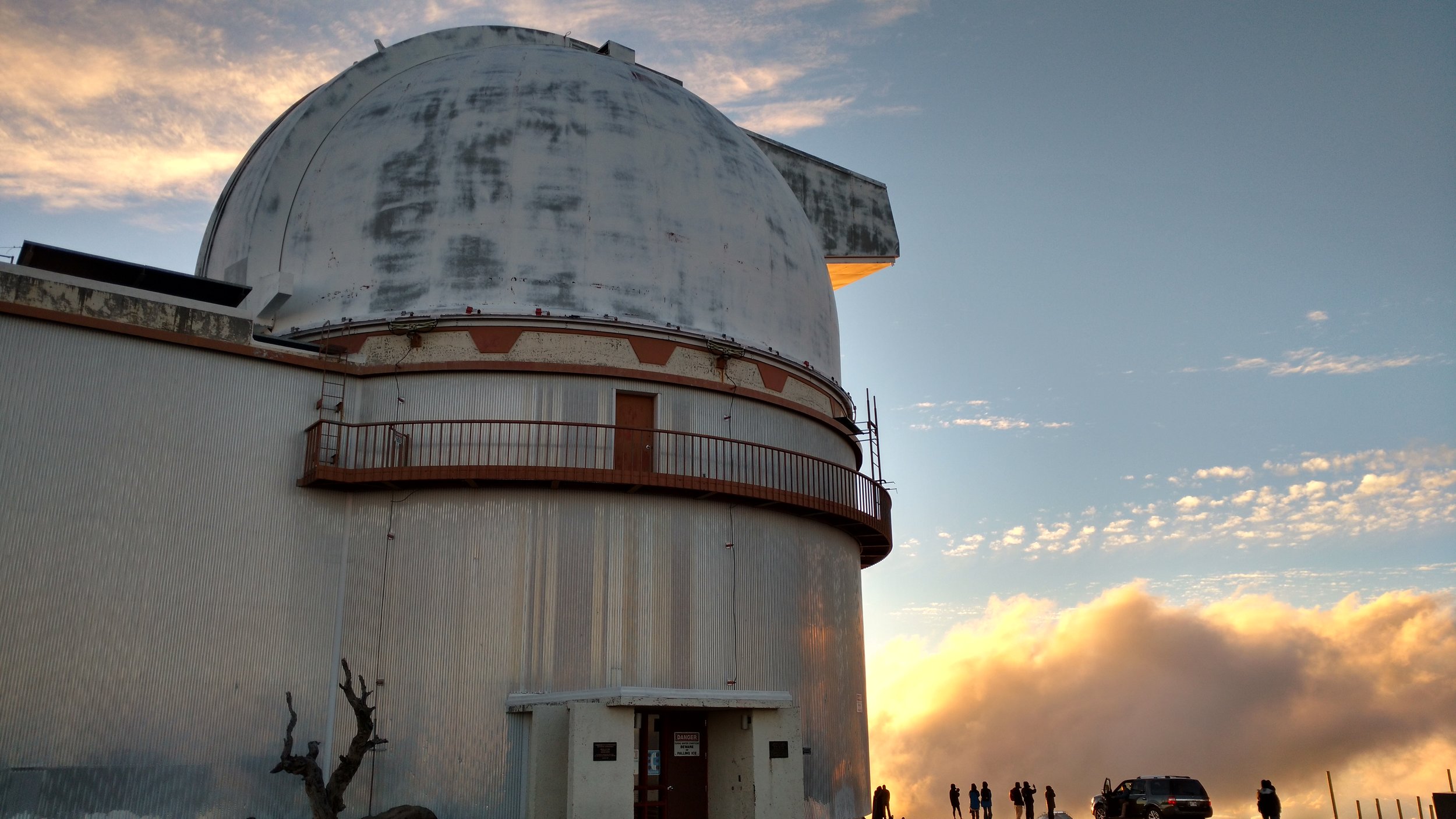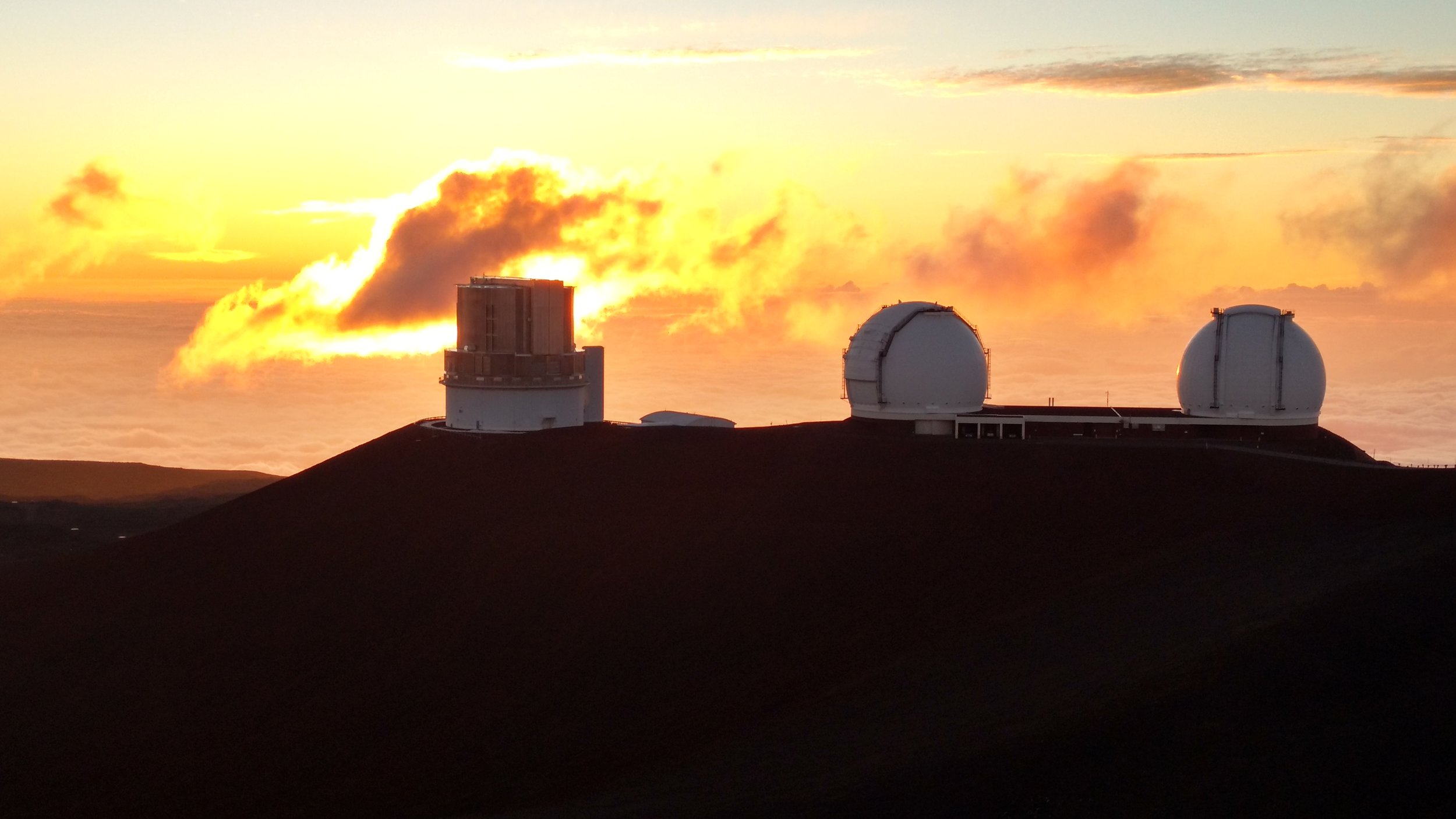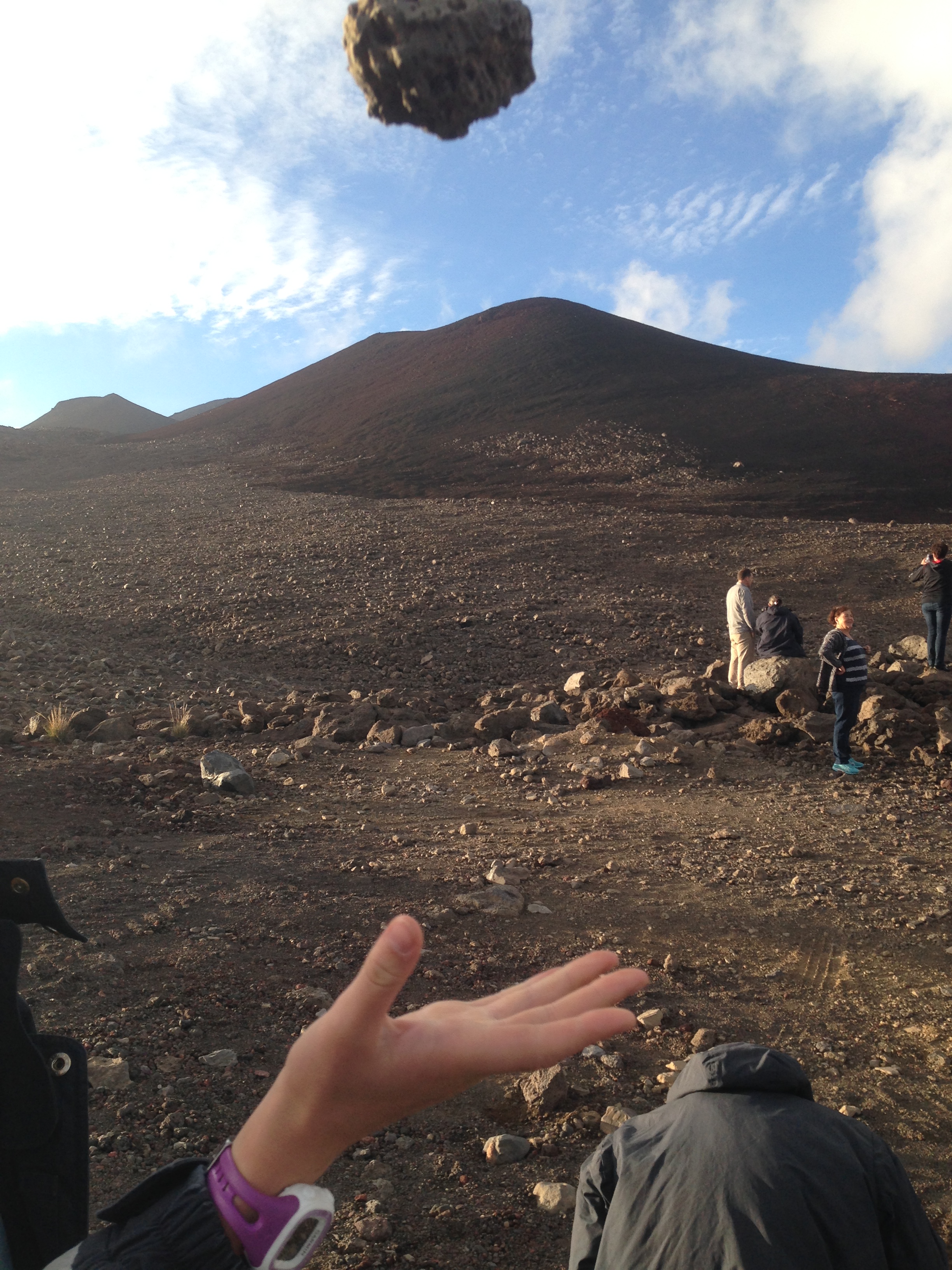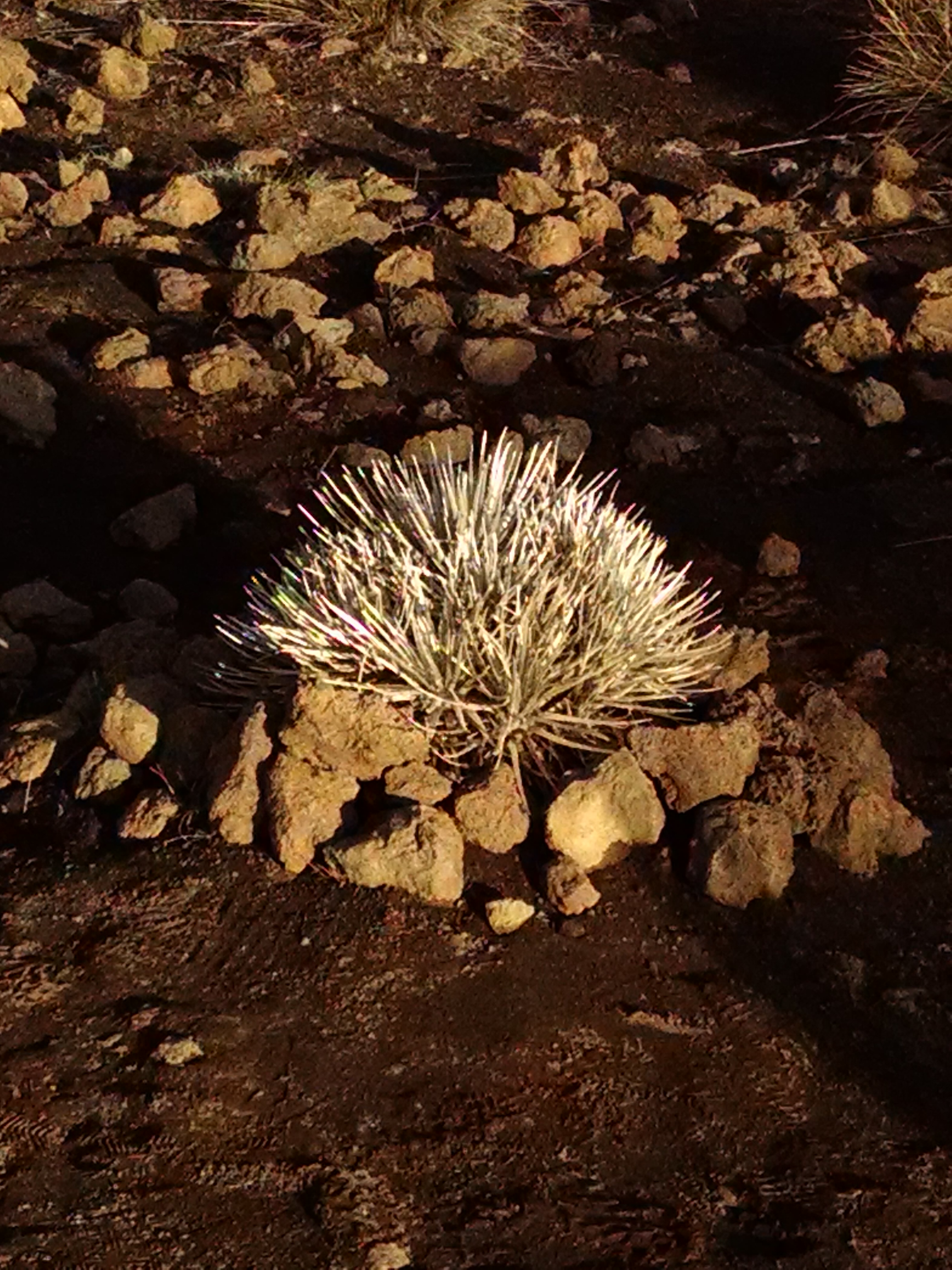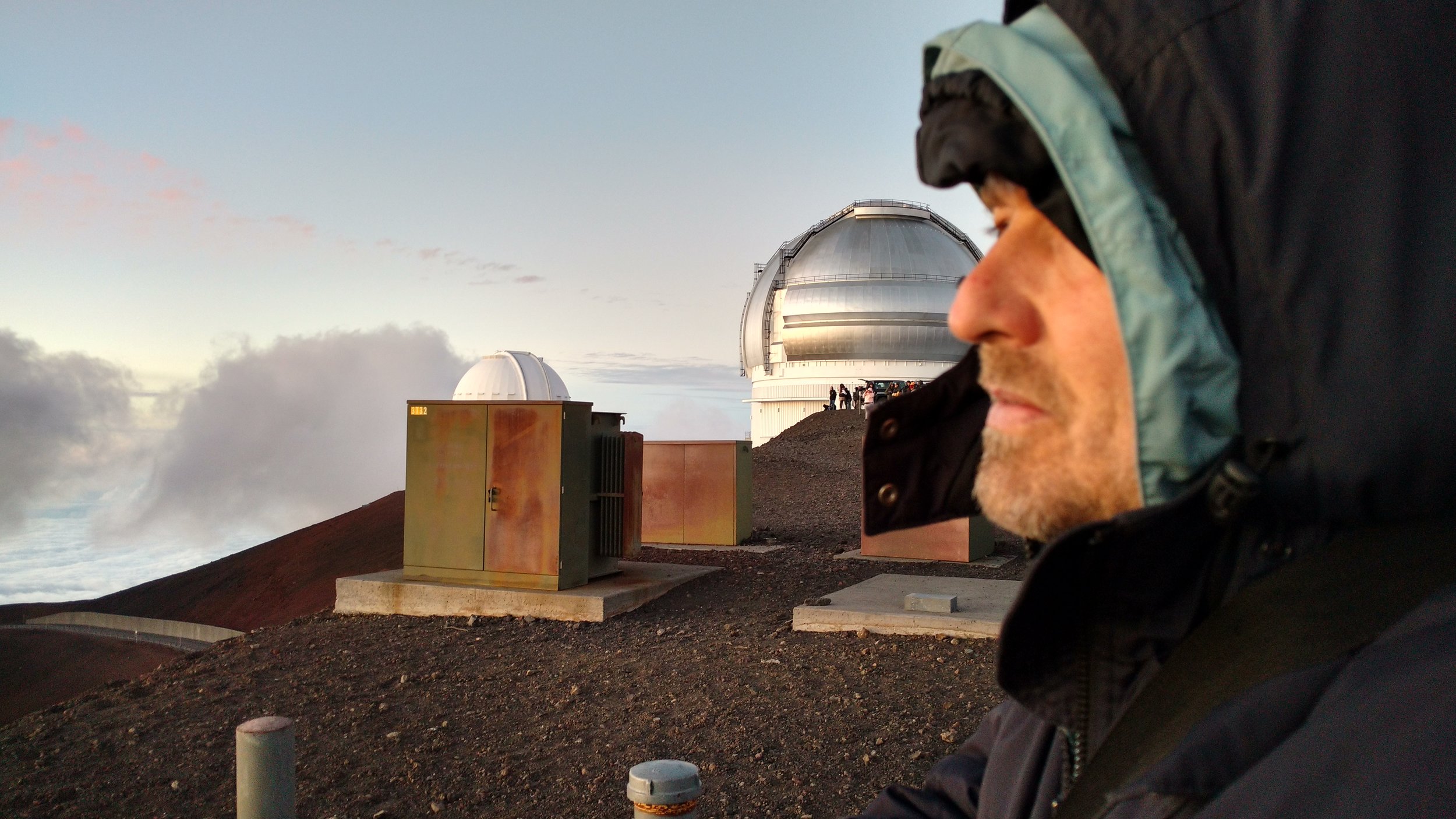"That was a shitload of stars."
"And we only saw a few thousand."
"I just can't help but feel like they're watching over us or something."
"Good lord give it a rest they're just stars."
"Nah I'm serious. Hey did you guys have a favorite constellation?"
“My favorite was Cygnus. What was it, the swan or something like that?”
“I don’t remember that one.”
“Yeah, well it really didn’t look much like a swan. Hell, you can make any patch of stars look like a swan as long as you sound like you know what you’re talking about.”
“A nuanced delivery. That’s what it takes. Hand motions and a blind conviction. Then you've got yourself a constellation.”
“I liked Maui’s Fishhook.”
“Oh yeah, that was really cool. A demigod pulls an island up by a fishhook. Fantastic imagery.”
“I think Saturn takes the cake. Being able to see the rings clearly … that was a treat.”
"What about Jupiter? Could ya see the red spot?"
"No I couldn't see the spot.
"It was right there how did you not see the spot?"
"I just didn't see the damn spot, alright!"
***
Mauna Kea's snow-less peak pokes through a layer of nebulous fluff like a Ticonderoga #2 jammed through printer paper . It is the tallest mountain in the world, base to summit. 33,000 feet tall in fact. While driving, my brother explores a virtual history book of lava flows. “Here comes the 1859 flow on our right, and then further up is the 1949 flow,” he explains. Native silver sword ferns and Mamane trees escort the roadway up to the summit, upon which an array of internationally owned top tier telescopes stand perched. Some of them look like R2-D2.
Rental car insurance doesn’t cover a drive to this altitude, because drivers can’t handle their shit. We took a four-wheel drive tour bus. Our driver, Greg, was more of an encyclopedia than a human. He told us that after a master’s degree in geology on the mainland he found the siren call of the Islands too much to resist. So now he drives a bus full of Caucasian tourists up a volcano four days a week, stuffing their brains with the rich natural history of the archipelago while they dream of their Mai-Tai by the pool from hours before.
At the top the sun keeps good company. With nothing to see but clouds there is a sense of understanding between the sun and I. “Now you see,” it might say, “this is where I get my peace and quiet from the insanity of your people.” But not entirely. Scores of wheezing humans buzz around the mars-like summit with selfie sticks, unable to catch their breaths at altitude. It's a wonder the Hawaiians used to walk to the summit weekly.
When the sun leaves the stars arrive. One by one they appear, like timid cats after a dinner party. After a while the sky is lit up with celestial companions. Up here, there is no light pollution and eyes are glued to the night. The telescope exposes a cluster of thousands of stars where our naked eyes perceived just one. The milky way galaxy froths across the horizon. New constellations flicker in every corner of the sky. There is no saving my neck from the pain it will endure tomorrow; I have been staring straight up without stopping for 20 minutes.
I was slightly unnerved when the visceral reaction to such a natural masterpiece arrived in my gut. The stars, in their sublimity, seemed to realize their own grace.
What struck me the most was the idea that I shared that exact same experience with so many other people from myriad cultures, all of whom passed on their own perceptions, stories and significance of the shapes in the stars to their own people. Standing on the top of the White Mountain (Mauna Kea translated) allowed me to imagine the ancient Hawaiians as they studied with deliberate focus the patterns written across the black. What a sense of connection.
Riding the tour bus down the slopes of Mauna Kea I listened for a while as our guide shared his contempt for those dim-witted folks in Chrysler Town & Country vans who “ride their breaks” all the way down from 14 thousand feet. “Yeah, we get about two or so engine fires per week up here, and crazy crashes too.” he laughed. I noticed some uneasy swallows after this comment.
But momentarily I was drawn back to the stars. Avid outdoors-men and all else who are afforded the luxury of a star show revel in the vastness of the sky. Yet this experience seems to be vanishing, perhaps due in part to the growth of cities. Little Billy and Sally won’t see their first shooting star until they’re too old to know it’s not actually a sparkling five-point geometric shape. An impoverished inner-city dweller might not ever see more than a couple points of light fading into the smog their entire life. What am I saying here?
What’s lost in a daily (or nightly, I should say) connection with the stars is more than just a pretty view. It’s more, even, than just the exposure to the natural world. What’s lost has a lot more to do with people than I believe we all realize. The casual glance up at Polaris (the north star) on a weeknight after work makes you chuckle as you recount boy scouts training and that one idiot who couldn't shut up about his merit badge. An ocean of stars on the other hand, reminds you that there are people on the other side of the world just like you, who will in a matter of hours, find invaluable hope and inspiration in the exact same thing you’re looking at right now. An ocean of stars will grip you and force you to consider those who came before us and marveled at the stars, wondering what magic they might possess. An ocean of stars will make you wonder why we decided to group them into constellations in the first place. Virgo, Cassiopeia, Delphinus, Canis Major ... were we just bored, or do things just make more sense to us when given neat labels? An ocean of stars will intrigue you as to how people all across the world consider stars in their own cultures. An ocean of stars will bring you to the age of exploration when arrogant and brave wanderers found new worlds using the night sky. An ocean of stars will make you dream bigger, shoot higher, now that the infinite is so clearly laid out before you. And an ocean of stars will keep you grounded, as you remember your place in the universe, and the people with whom you share it.
We know that stars are vast, almost incomprehensible gas explosions scattered throughout the universe. They are very hot. They are very bright. Many of the ones we see right now are even dead, the light from their past still visible to us. Some are being born as we speak. And even our own sun, much to the chagrin of those who would believe in its permanence, will bid adieu soon.
Perspective, albeit a cliche lesson to derive from stars, I think should take on a new component in celestial conversations. What if we try to see ourselves, our ancestors, our future generations, as they gaze up at those constant, turbulent, fiery guardians. What if we try to put ourselves in their shoes, if just to feel like we’re a part of a bigger family.
So go ahead. Go outside at night tonight. Or if it’s already nighttime bring the damn laptop outside and look up. I don’t care if you can only see one star or five thousand. They’re beautiful, aren’t they?
Yeah, well just remember:
They don’t give two shits about us.
